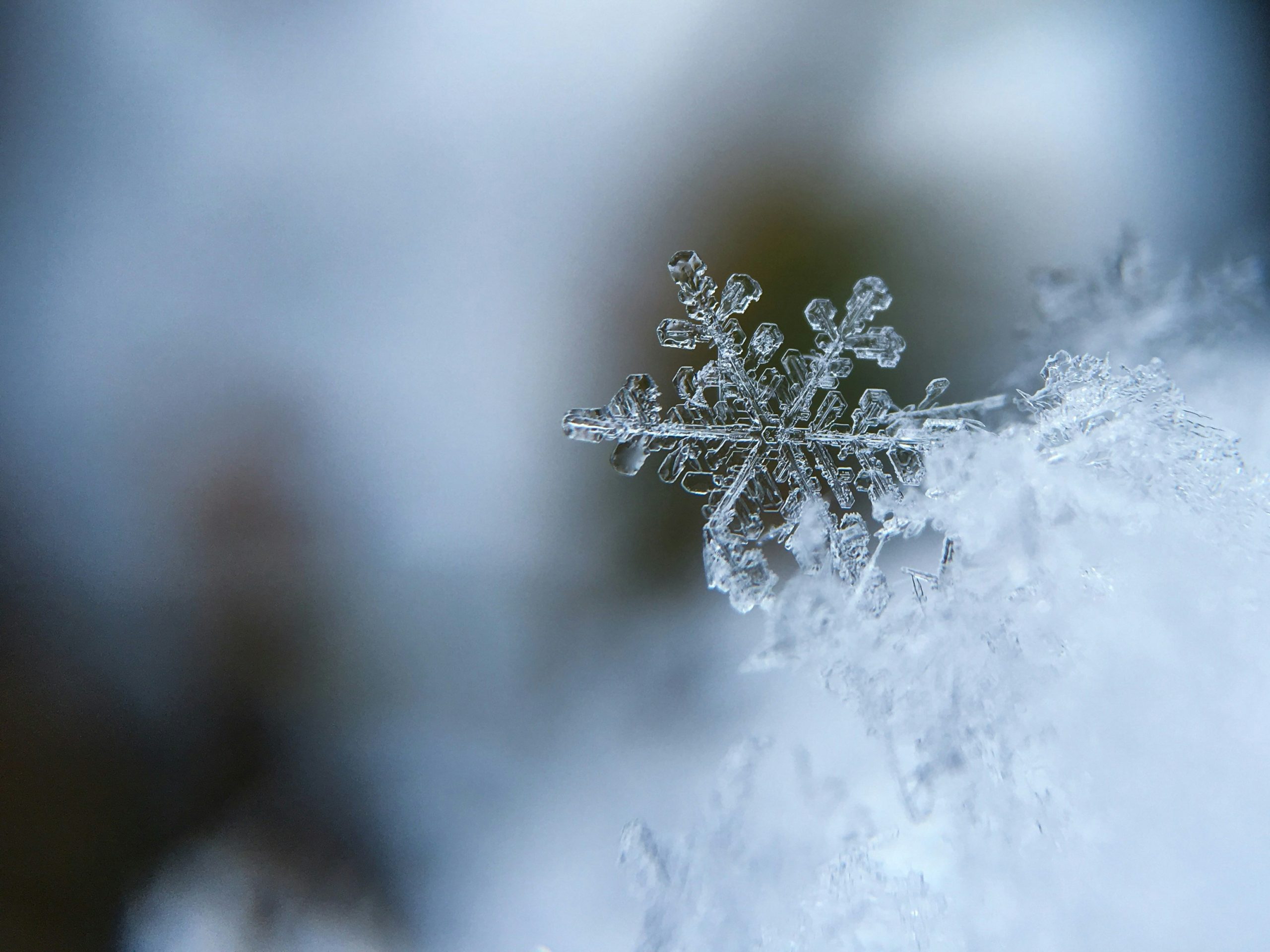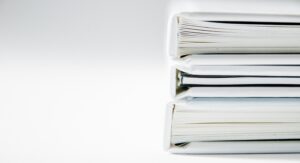Winter is here, but that doesn’t mean our composting efforts have to come to a halt. In “How Do I Compost in the Winter?” we share practical tips and tricks to keep the composting process alive, even when temperatures drop. We’ll explore ways to insulate our compost, choose the right materials, and maintain the right balance to ensure that our waste continues to break down smoothly throughout the chilly months. Join us as we embrace winter composting and turn our food scraps into black gold, no matter the season! How do we compost in the winter?
If you’ve ever wondered how to keep your composting game strong during the frigid winter months, then you’re in the right place! Just because it’s cold outside doesn’t mean we have to give up on our eco-friendly habits. In this guide, we’ll explore various techniques and tips for composting during the winter, ensuring that we can continue reducing waste and creating nutrient-rich compost, no matter the season.
Understanding Winter Composting
Before diving into the nitty-gritty of winter composting, it’s important to understand the basic principles of composting and how they are affected by colder temperatures.
What is Composting?
Composting is a natural process where organic materials decompose into a rich, dark substance called compost. This substance can be used to enrich soil and boost plant growth. For successful composting, we need a balanced mix of “greens” (nitrogen-rich materials like food scraps and fresh yard waste) and “browns” (carbon-rich materials like dry leaves and paper).
Challenges of Composting in Winter
Winter composting comes with its own set of challenges. Lower temperatures can slow down the microbial activity that breaks down organic matter. Additionally, snow and ice can make accessing our composting area more difficult. However, with some preparation and a few adjustments, we can continue to compost efficiently even in winter conditions.
Preparing for Winter Composting
A little prep work can go a long way in ensuring that our composting system remains effective even as the mercury drops.
Insulating the Compost Pile
One of the key strategies for winter composting is to keep our compost pile as warm as possible. There are a few ways to insulate the pile:
- Use Straw Bales: Surround the compost pile with straw bales to provide an insulating barrier.
- Build a Wind Barrier: Use tarps or fencing to shield the compost from cold winds.
- Add Layers: Incorporate layers of “browns” like dry leaves or newspaper between layers of “greens” to help retain heat.
Choosing the Right Location
Before winter sets in, it’s important to choose a sheltered location for our compost pile. Ideally, this should be a spot that is protected from harsh winds and receives some sunlight to help maintain temperatures.
Stockpiling Materials
Collecting and storing composting materials ahead of time can help keep the composting process going. During winter, “browns” can become scarce, so stockpiling dry leaves, shredded paper, or cardboard can be immensely helpful.
Equipment and Tools
Having the right equipment can make winter composting easier. A good compost thermometer can help us monitor the pile’s temperature. Additionally, having a sturdy pitchfork or shovel will make it easier to turn the pile, even if it’s frozen in spots.

Active Winter Composting Methods
Depending on our preference and resources, we can choose from several winter composting methods. Each method has its pros and cons, so let’s dive into the details.
Traditional Compost Piles
Traditional compost piles can still be effective in winter, especially with some added insulation and attention to detail.
- Size Matters: A larger pile retains heat better than a smaller one. Aim for a minimum size of 3x3x3 feet.
- Frequent Turning: Turning the pile helps to aerate it, which is crucial for maintaining composting activity. Even in winter, turning the pile once a week can be beneficial.
- Hot Composting vs. Cold Composting: Hot composting can be more challenging in winter, but it’s not impossible. Keep an eye on the pile’s temperature and add nitrogen-rich materials like manure or green food scraps to keep the heat up.
Compost Bins or Tumblers
Using compost bins or tumblers can make winter composting more manageable.
- Insulated Bins: Opt for an insulated compost bin designed to retain heat. These bins are typically more effective in maintaining microbial activity.
- Easy Turning: Compost tumblers can be turned easily, which is a big plus in cold weather when traditional turning can be harder.
Comparison Table: Compost Piles vs. Compost Bins
| Feature | Compost Piles | Compost Bins/Tumblers |
|---|---|---|
| Heat Retention | Moderate, requires insulation and frequent turning | Generally higher, especially in insulated models |
| Space Requirement | Needs more space | Compact, suitable for smaller areas |
| Maintenance Effort | Requires manual turning, can be labor-intensive | Easier turning with tumblers, less manual effort |
| Accessibility | Can be difficult to access in deep snow | Generally more accessible and protected |
Indoor Composting
Indoor composting is another viable option during the winter months. This method brings composting inside, away from the harsh elements.
- Vermicomposting: This involves using worms to break down organic matter. A worm bin can be kept indoors in a warm, dark place like a basement.
- Bokashi Composting: This is a fermentation process that involves adding kitchen scraps to a bucket with a Bokashi mix. The closed system can easily be kept indoors.
Comparison Table: Indoor Composting Methods
| Feature | Vermicomposting | Bokashi Composting |
|---|---|---|
| Odor Control | Generally odorless if maintained properly | Minimal odor, can have a slight pickled smell |
| Space Requirement | Moderate, needs space for a bin | Compact, ideal for small spaces |
| Setup Cost | Low to moderate, depending on the worm bin | Moderate, requires purchase of Bokashi mix |
| Speed of Decomposition | Moderate, requires some patience | Quick, typically finishes fermentation in 2 weeks |
Tips for Successful Winter Composting
Winter composting can be a breeze with a few thoughtful strategies and tips.
Keep Adding Greens and Browns
Even though winter months can make it harder to find compost materials, it’s essential to keep adding both greens and browns to the pile. Generally, kitchen scraps can provide sufficient greens, but finding browns may require a bit more effort.
Chop and Shred Materials
The smaller the pieces, the quicker they decompose. Chopping kitchen scraps and shredding paper or leaves can significantly speed up the composting process.
Maintain Moisture Levels
While it’s important to keep our compost pile moist, be cautious not to overdo it. Excess moisture can cause the pile to freeze solid. Aim for the consistency of a wrung-out sponge.
Monitor Temperature
A compost thermometer is essential for winter composting. Aim to keep the core of the pile between 90-140°F if possible. If the temperature dips too low, adding more nitrogen-rich materials or turning the pile can help generate heat.
Manage Your Expectations
It’s important to understand that winter composting may slow down the decomposition process. Patience is key. Come spring, our pile will be ready to leap back into action with the warmer weather.

Common Issues and Troubleshooting
Even with the best efforts, we might encounter some issues in our winter composting journey. Here are common problems and their solutions.
Frozen Compost Pile
If our compost pile freezes, it won’t decompose until it thaws. Solution: Insulate the pile more thoroughly and add a thick layer of browns. Consider relocating to a sunnier or more sheltered spot.
Excess Moisture
Too much moisture can lead to a soggy, anaerobic pile that doesn’t decompose well. Solution: Turn the pile to aerate it and add more dry materials like straw, leaves, or shredded newspaper.
Lack of Activity
If the compost pile is cold and inactive, decomposition will be slow. Solution: Check the balance of greens and browns. Add more nitrogen-rich materials and turn the pile to boost microbial activity.
Unpleasant Odors
Bad odors usually indicate an imbalance or lack of aeration in the compost pile. Solution: Ensure a good mix of greens and browns and turn the pile regularly. Avoid adding dairy, meat, or oily foods.
Benefits of Winter Composting
Despite the challenges, composting in winter brings numerous benefits.
Continuous Waste Reduction
Composting through winter means we’re consistently reducing our household waste and carbon footprint, contributing positively to the environment year-round.
Ready Compost for Spring
By maintaining our compost pile through winter, we’ll have nutrient-rich compost ready right when we need it most for spring gardening.
Learning and Experience
Winter composting can teach us much about the composting process and make us better, more knowledgeable composters overall.
Healthier Garden Soil
Compost adds vital nutrients and improves soil structure, leading to healthier plants and more bountiful gardens. Keeping up with composting ensures that our garden soil stays enriched and ready for planting.

Conclusion
So, how do we compost in the winter? With a little preparation, the right techniques, and some patience, we can successfully keep our compost piles active even in the coldest months. Whether we opt for traditional composting, use compost bins, or bring the process indoors, winter doesn’t have to put a freeze on our composting efforts. By taking advantage of these tips and methods, we can keep our eco-friendly habits going strong and make sure we have plenty of rich, nutritious compost come springtime. Let’s embrace the challenge and keep composting no matter what the weather brings!



